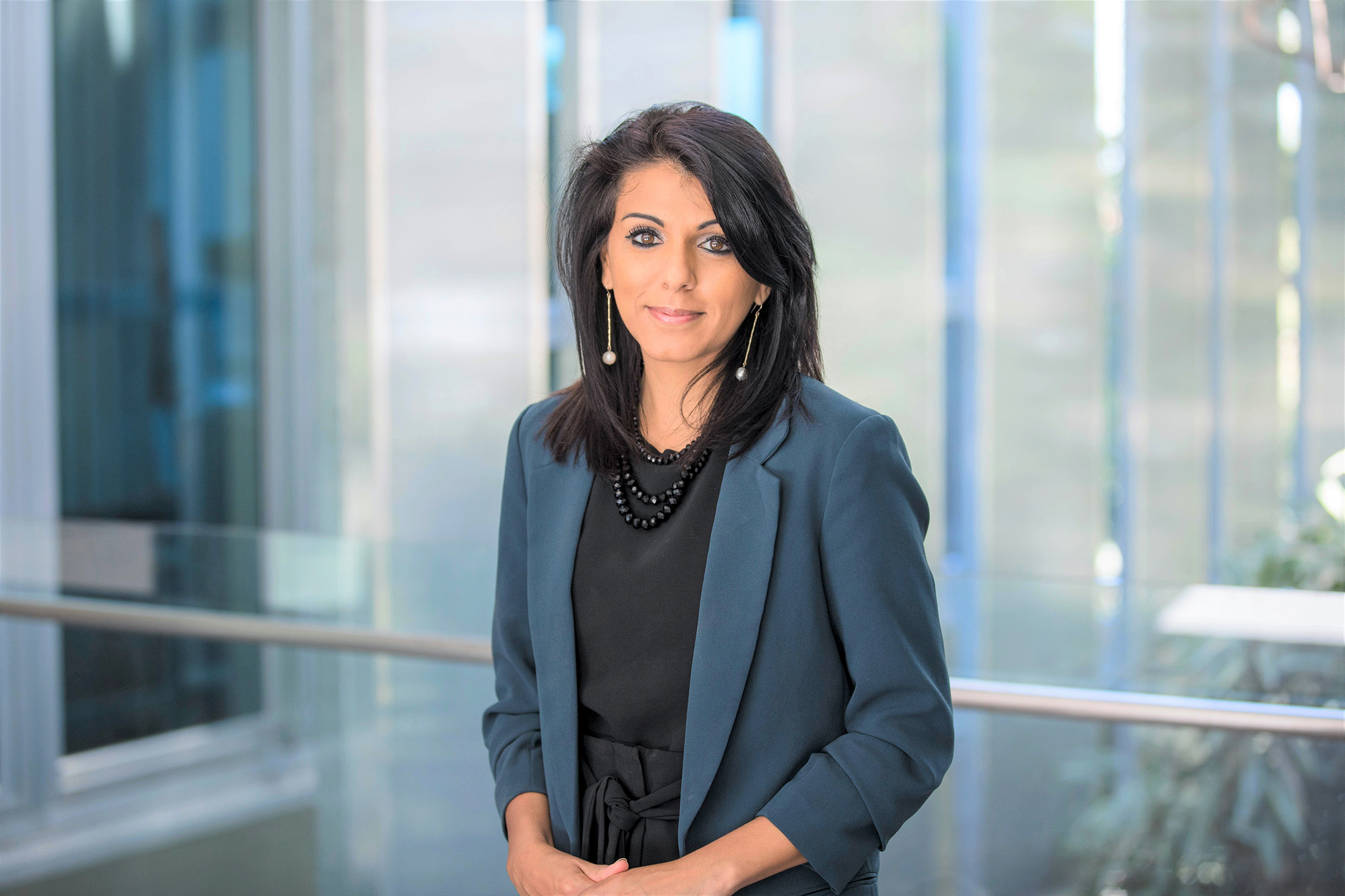JK Webinar: Mine Waste Transformation Through Characterisation- unlocking new opportunities for Australia’s mining sector
Presenter: Associate Professor Anita Parbhakar-Fox
Overview:
The complexity of mine waste management continues to be one of the greatest challenges the mining industry faces with ‘decarbonisation’ and ‘ESG’ ranked in the top 3 business risks in 2023. Increasing global awareness of the negative impacts that incomplete, or inadequate, mine closure can have on the environment has caused increased demand on the mining industry to commit to improving environment management standards during and beyond the life-of-mine. However, successful mine closure is a challenge for a number of reasons, the most important of which is the poor understanding of the mine waste’s (e.g., waste rock, tailings) chemical and physical properties. If these are not known, then the engineering design to contain the waste will ultimately fail. When considering improved management practices, which meet societal expectations, a new approach is required. One such approach is that adopting geometallurgical principles. The objectives of geometallurgy are two-fold and can be summarised as: i) to improve profitability at a mine; and ii) to minimise risk. Therefore, by applying a geometallurgy characterisation approach to mine waste (whereby the bulk mineralogical and chemical properties, insitu mineralogy and texture, mineral chemistry and acid-base accounting properties of waste are assessed) the mining industry can more effectively de-risk mine waste and enhance operations by either: i) potentially revealing secondary deposits or; ii) gain an detailed understanding of the waste properties thereby allowing effective rehabilitation strategies to be developed.
In Australia, much like the rest of the world, the circular economy is growing with a target set by the Australian Government for it to generate at least $26 billion AUD by 2025. Whilst other industries (e.g., plastics, food and fashion) are making progress to meet this target, the mining industry has been slower to adapt. Further, there is an international drive for countries to transition to low-carbon economies. New technologies are required to support this including electric vehicles and products for the medical and defence sectors. To manufacture these products new resources of critical metals which include cobalt, tungsten, rare earth elements, indium, gallium, antimony and germanium are required. Traditionally, these metals are by-products of base metal and precious metal mining operations, and therefore have been disposed of in waste dumps and tailings storage facilities. These sites can contain reactive wastes (for example, causing the generation of acid and metalliferous drainage), and therefore require effective rehabilitation.
This presentation will document finding from new geometallurgical research being undertaken, by the MIWATCH Group at The University of Queensland, across Australia to identify secondary resources of critical metals hosted in mine waste (i.e., tailings, waste rock, slag, metallurgical residues). Sites in Queensland, New South Wales, South Australia, Tasmania and the Northern Territories have been sampled and
Presenter Bio:
Anita is currently Group Leader - Mine Waste Transformation through Characterisation (MIWATCH) at the Sustainable Minerals Insitute's W.H. Bryan Mining Geology Research Centre. Her research is focused on mine waste characterisation to improve mine planning and waste management practices where she has worked with mining industry, METS sector and government stakeholders. She has developed new tests and protocols for improving waste characterisation and is also involved in identifying remediation options for abandoned/ historical mine sites. Most recently, Anita has led industry and government funded projects characterising a range of mine waste materials to evaluate their economic potential.
About JK Webinars
| Duration: | 1 hour (dates and times are listed in AEST) |
| Price: | FREE |
| Course Delivery: | Webinar |
For more information:
- Use the Time Zone Convertor - Time Difference Calculator to check the time in your local area
- Or send us an enquiry
JKTech Pty Ltd reserves the right to cancel any course at its discretion. Whilst we endeavour to make every effort not to do this, there could be circumstances beyond our control (e.g. insufficient numbers) that may prevent us from going ahead. In light of this, if you need to fly, we suggest that you purchase a fully flexible airline ticket. If you would like a copy of our Standard Terms and Conditions for Provision of Training (including our full cancellation policy), please check our terms and conditions page.

